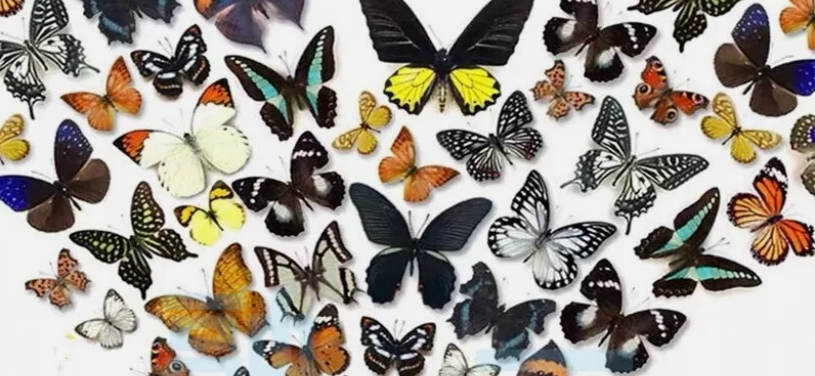Specimens of butterflies are treasured by nature lovers and scientific researchers, representing the beauty and fragility of nature. These colorful insects not only play an important role in the ecosystem, but also inspire countless ideas in culture and art.
The process of preparing butterflies is complex and detailed. Usually after catching a butterfly, it first needs to be treated to maintain its original form and color. The common method is to fasten the butterfly to a dry piece of material, spread its wings and let it dry naturally. This process requires patience and skill, as butterfly wings are very fragile and can be broken or deformed by a slight mistake.
Butterfly specimens are not only a visual pleasure, but also a valuable data resource for scientific research. Through the classification and identification of specimens, researchers can understand the ecological habits of different species of butterflies, their habitats and their relationships with other species. In addition, specimens can be used to observe the impact of environmental changes on butterfly populations, helping scientists assess the health of ecosystems.
In the field of education, butterfly specimens are also important teaching tools. They provide students with intuitive biological knowledge that stimulates their curiosity and desire to explore the natural world. By observing the specimens, students can gain an in-depth understanding of the physiological structure,life cycle and role of butterflies, thereby cultivating awareness of ecological protection.
Butterfly specimens also have a place in works of art. Artists often use their gorgeous colors and elegant forms as inspiration to create fascinating works. This way of applying natural beauty to artistic creation makes butterflies not only objects of scientific research,but also carriers of human emotions and imagination.




